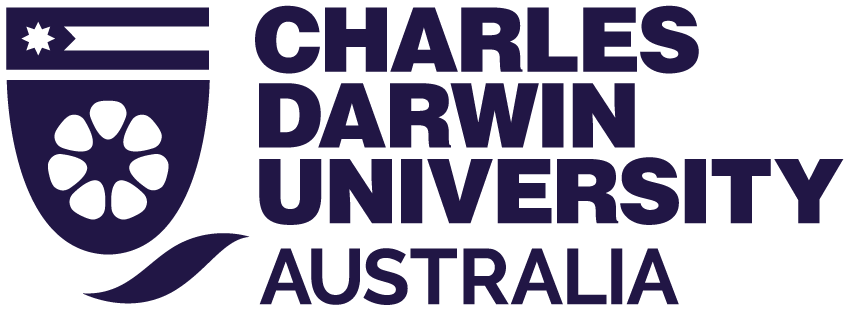Measurement Standards Used in Accounting
Measurement is all about determining the value of transactions in order to record them properly on financial reports.
There are five methods for determining value:
- historical cost
Assets of a company are recorded at the price for which they were originally acquired. For example, if a business bought a block for $250,000, this asset would be entered into the accounts at its purchase price of $250,000. - fair value
A measure of an item’s market price on a particular date in the normal course of business, hence it is sometimes called “market value”. Fair value can be objectively determined at any time. It is just an estimate, upon which people may have differing views. - replacement cost
The cost to a business of acquiring an asset identical to, or with the same functions, as an existing asset. It is a type of present value, because at the time of purchase, the replacement cost is equivalent to the original cost. This value will change with time as prices for that item fluctuate. - net realisable value
The value of a product after subtracting the expected costs of production, transaction costs and taxes related to the sale of the item. Net realisable value is usually used in measuring the value of inventory assets following a depreciation in value. - present value
The value at the present time of a payment or cash flow occurring in the past or future. Measuring present value involves taking future cash flows and discounting them at an appropriate rate. It is a measurement that takes into account the changing value of money over time.

